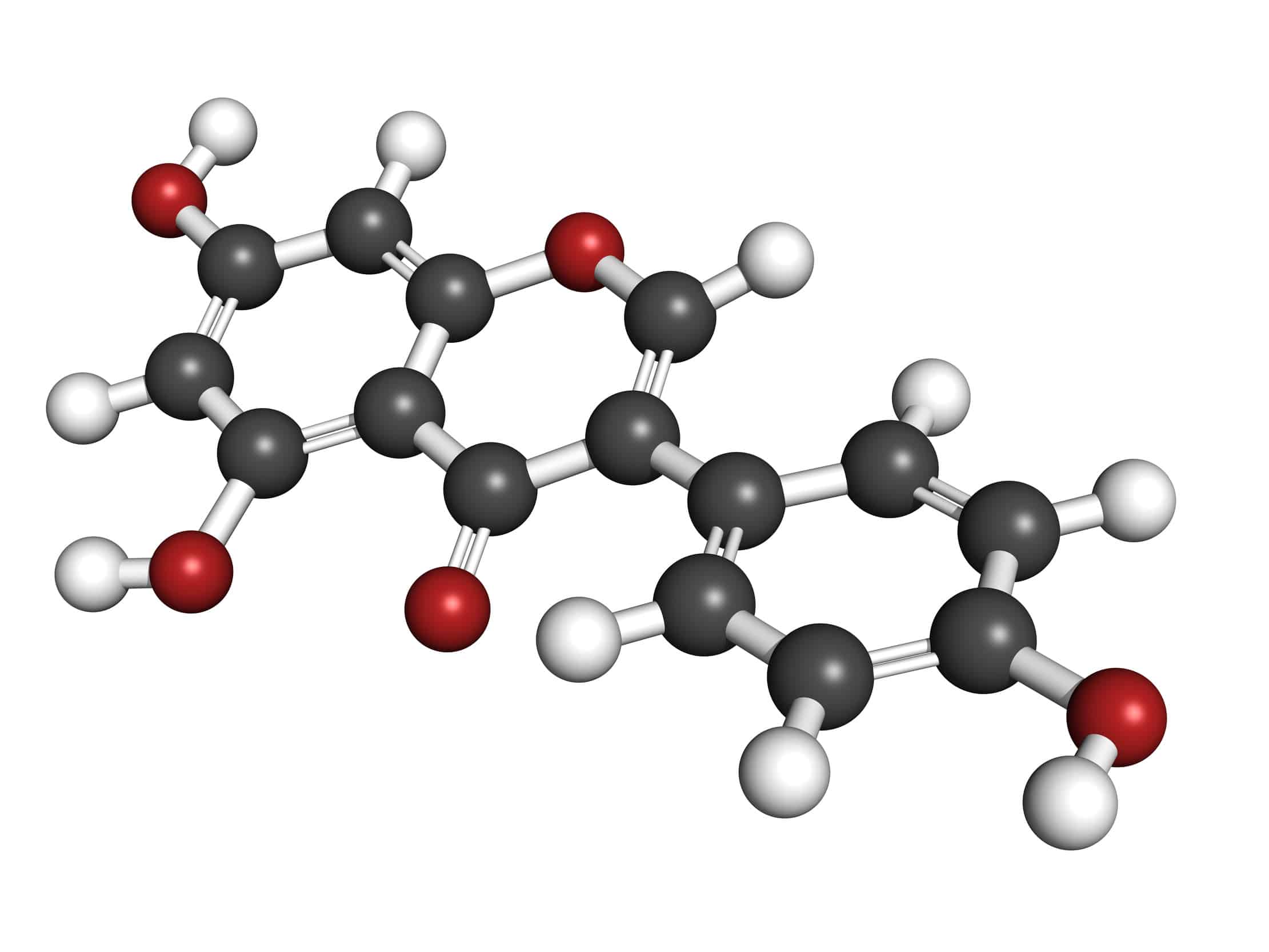Phylloquinone
Vitamin K or phylloquinone belongs to the fat-soluble vitamins and was discovered in 1929. The Danish researcher Henrik Dam received the Nobel Prize for Medicine in 1943 for this discovery. Basically, phylloquinone can be divided into three different structural formulas. Phylloquinone 1, also known as phylloquinone, is involved in photosynthesis in plants, for example. Phylloquinone…
Phytoceramides
Phytoceramides are plant-based equivalents of the ceramides that occur naturally in human skin. They are among the most important building blocks of the skin barrier and protect against moisture loss and external influences such as UV radiation or pollutants. Phytoceramides from wheat, as in Ceramosides™, are particularly effective because they are combined with additional lipids…
Phytoestrogens
Phytoestrogens are secondary plant substances which, however, are not true estrogens in the chemical sense, but only have a structural similarity to them. However, binding to specific receptors contributes to the fact that phytoestrogens can have an estrogenic or even antiestrogenic effect. The best-known phytoestrogens are called genistein and daidzein; both substances are isoflavones, plant…
phytosqualane
The facts about phytosqualane Phytosqualane or squalane (INCI: Squalane; IUPAC name: 2,6,10,15,19,23-hexamethyltetracosane; CAS 111-01-3) is highly valued as an ingredient in cosmetics. In its pure state, it is a liquid, colorless, odorless, and tasteless hydrocarbon oil with good physical and chemical stability. Its properties are reflected in its high boiling point of 210-215 °C (at…
Pigment disorders
In cosmetics, pigment disorders refer to small areas of skin with higher or lower concentrations of melanin. These include freckles, age spots and moles. Pigment disorders are usually harmless It often happens in spring, when the first rays of sunshine pamper our skin and, almost overnight, ‘brown spots’ appear. Pigment disorders are usually harmless and…
Pigmentation disorders
In the cosmetic sense, pigmentation disorders are small areas of skin where higher or lower concentrations of melanin are found. These include freckles, age spots and birthmarks. Pigmentation disorders are usually harmless It often happens in spring, the first rays of the sun pamper our skin and virtually overnight the “brown spots” appear. Pigmentation…
Pimples
Pimples, also called comedones in medical jargon, mainly occur in the so-called T-zone, i.e., in the area of the forehead, nose and face, because this is where most sebum is produced. With very oily skin, they can also extend over the entire face and sometimes also on the back or décolleté. Pimples develop when, as…
Plankton Extract: The solution for sensitive skin with Luteana™
Sensitive skin is a daily challenge for many people. The innovative Plankton Extract from the microalgae Tisochrysis lutea, also known as Luteana™, offers a solution that soothes and strengthens the skin barrier. This oil-based extract, derived from a rare Tahitian microalgae, combines various biomolecules that soothe the skin and strengthen its natural resistance. The plankton…
Plant exosomes: tiny vesicles with a big impact on skin care
Introduction When people talk about high-tech skin care these days, one term is cropping up more and more often: plant exosomes. Exosomes are tiny vesicles that are released by cells to transport messages. They are comparable to microscopic packets filled with proteins, lipids and genetic information. In skin care, these nano-postmen are used to deliver…
Plant Hydrosols
Plant hydrosols, also known as the ‘mild sisters’ of essential oils, are highly effective yet often overlooked in favor of their more concentrated counterparts. They are particularly suitable for sensitive and older individuals, pregnant women, and children due to their gentle nature. But what exactly are plant hydrosols? Plant Hydrosols: Natural Co-Products with a Wide…







